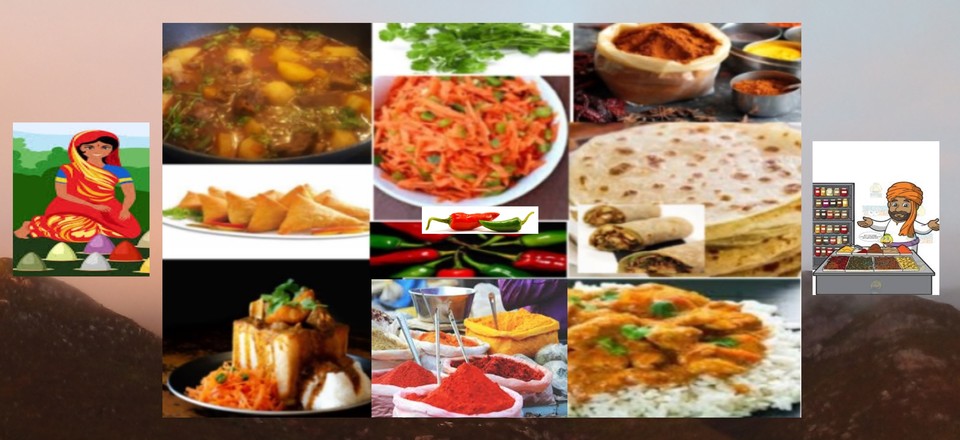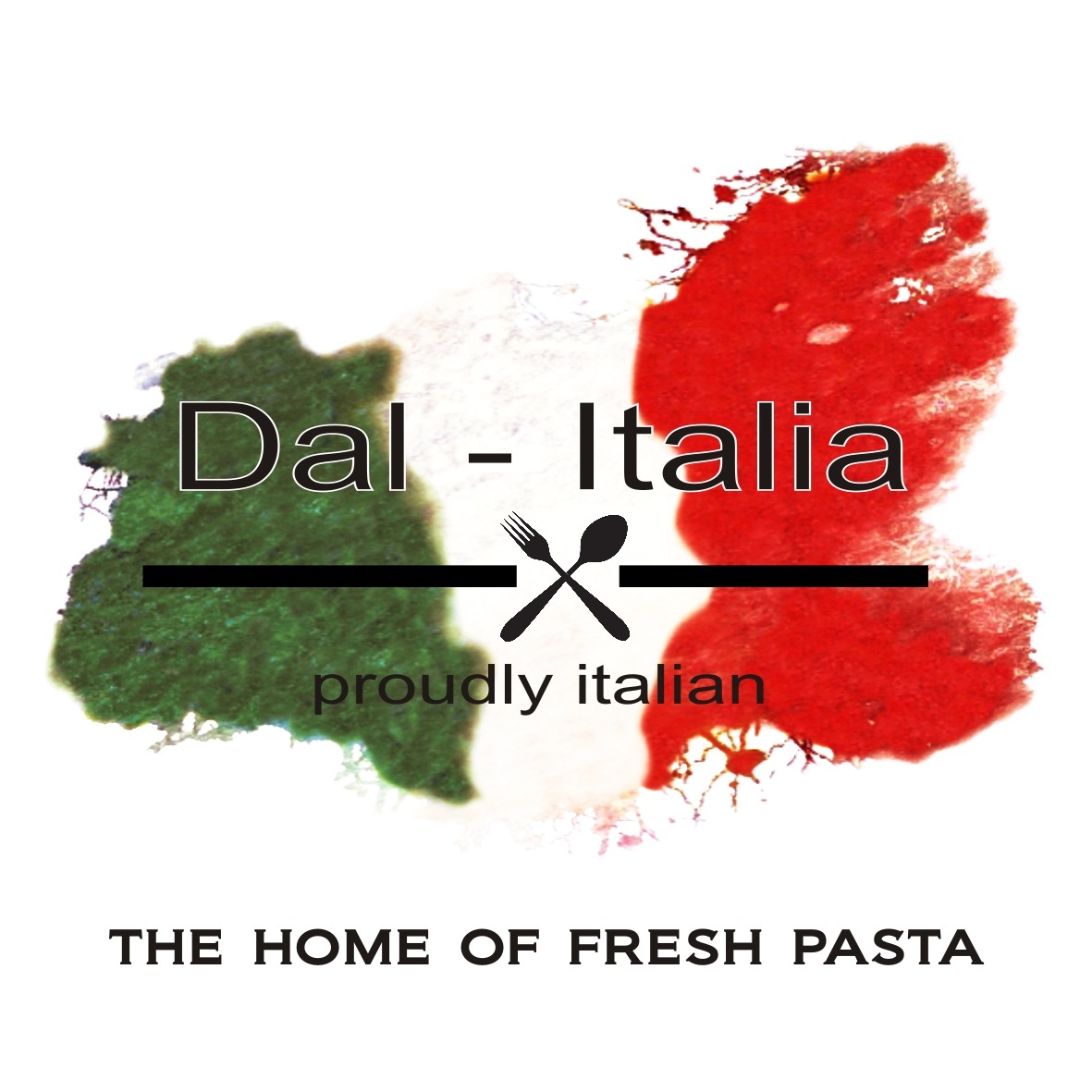The History of Durban Indian Curries
When one hears the word “curry”, the idea that comes to mind is that of a dish created in India. It was interesting to learn that the word curry did not necessarily apply to the many dishes that were created in India. Apparently, the word originates from the Tamil word “Kari” which means sauce... so adding spices such as chilli powder, coriander powder, garam masala, paprika, cumin, Kashmiri chilli powder, chillies, etc produces a curry sauce... this sauce together with meats, vegetable, herbs, curry leaves, garlic and ginger and onions results in a curry dish.
Simply put, the word “curry powder” was coined by the British in the 1800s and refers to the mix of spices that were put together to create a chilli-hot, spicy powder mix used for cooking, hence the word “curry powder.”
Durban Indian curries were created after the arrival of the indentured Indians in the 1800s, who were shipped to KwaZulu Natal to work in the sugarcane fields. With the spices available to them (brought in by the merchant class Indians), the indentured Indians strove to recreate the dishes that they had been accustomed to in India. Bunny chows (curry in a hollowed-out loaf of white bread) were created to replace the roti breads that were normally eaten with the spicy Indian dishes. Apart from beef (which was not eaten by most Indians because of the cow being recognized as a sacred animal in India) meats such as mutton, chicken and even fish were popular in the Indian dishes that were created. Dishes were changed to suit the available ingredients and spices at the time. This Indian way of cooking gradually spread throughout the KwaZulu Natal region and more than one hundred years later, evolved as a dish celebrated by most households in the region.
Over the years, Durban became known for its special Indian curries, bunny chows, roti, chilli bites and biryanis. The Indian Market was regarded as a “must visit” to all who travelled from other provinces to KwaZulu-Natal. It is there that one can find just about every spice that is used in the making of curries. Rows and rows of stalls displaying the different spices and herbs, fresh vegetables and even live chickens. There is even a section of the market that sells meat and fish, trotters, lamb’s heads and gizzards.
The Indian Market still exists today and is one of the landmarks of Durban, still attracting many visitors from all regions.













































